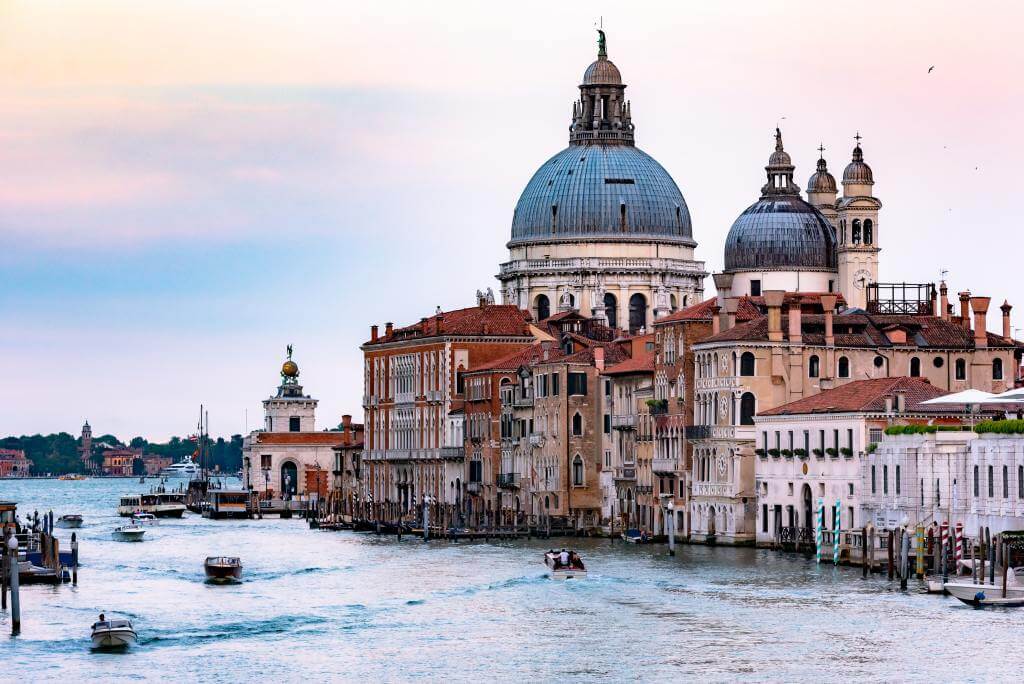
[vc_row][vc_column][vc_column_text]Ciao a tutti!
Today, we’re going to talk about different ways to obtain Italian citizenship. These are not the only ways to obtain an Italian passport, but they’re usually the easiest. However, the word “easy” is relative. Italy did invent bureaucracy, after all!
They are:
- Marry an Italian citizen
- Naturalize as an Italian citizen after living in Italy
- Qualify for jure sanguinis
So, without further ado, let’s dive in!
Marrying a citizen
Until April 27, 1983, foreign women automatically became Italian citizens if they married an Italian man.
Women marrying Italian men after this date can no longer obtain automatic citizenship as a result of that marriage. Note, however, that foreign men marrying Italian women never received automatic citizenship no matter the date.
Today, people married to citizens must file a formal request. Foreign spouses can start the citizenship process after 2 years of marriage if the couple live in Italy. Alternatively, they can start after 3 years if the couple lives abroad.
If the marriage was dissolved or annulled, the foreign spouse may not request citizenship. Additionally, a divorce nullifies the ability to request citizenship. Finally, foreign spouse cannot request citizenship if the citizen spouse has passed away.
If you would like more information specifically about marriage applications (jure matrimonii), click here.
What to do if you want to obtain citizenship by marriage
In order to request citizenship by marriage, the couple must register said marriage in Italy. If the couple lives abroad, the Italian spouse must also register in AIRE (Registry of Italians Abroad) at the consulate or embassy with jurisdiction over where he lives.
The non-Italian spouse must register at this link and fill out Form AE (Modello AE). The website is in Italian.
After, the non-Italian spouse must upload a series of documents including their birth certificate, police record/background check, FBI clearance, copy of passport, and proof of payment to the Italian Ministry of the Interior. The couple must also obtain but not upload their transcribed marriage certificate, the Italian spouse’s certificate of citizenship, and the “certificate di stato di famiglia.” Then, the foreign spouse must make an appointment with the local consulate and hand everything in.
They will issue a receipt and the wait begins. It takes 4 years for a non-Italian spouse to receive citizenship after handing in documents.
For another overview of this process, click here to see the Italian Embassy’s website on citizenship via marriage.
Residency
The second way of obtaining Italian citizenship is by living in Italy and naturalizing as an citizen. Just like marriage applications, you do not need to be of Italian descent to naturalize as a citizen.
Any person living in Italy legally for at least ten years may apply for Italian citizenship. All applicants must have a clean criminal record and sufficient financial resources.
This residence requirement is reduced to three years for descendants of citizens and grandparents who otherwise do not qualify for Italian dual citizenship jure sanguinis because of a naturalization before the birth of a child, thus “breaking” the chain of citizenship. The residence requirement is four years for EU nationals, five years for stateless persons or refugees, and seven years for someone adopted by an Italian citizen.
Jure sanguinis
If you meet the basic conditions for jure sanguinis, you’ve actually been an Italian citizen since birth. Obtaining Italian citizenship this way is time consuming but can be relatively easy.
There are basic conditions for acquiring Italian citizenship jure sanguinis.
- There was no such thing as Italy before March 17, 1861. Thus, a person’s last Italian-born ancestor must have been alive anywhere in the world on or after that date (and must not have naturalized as a citizen of another country before that date).
- The Italian parent must not have naturalized as a citizen of another country before that child’s birth.
- If the child had an Italian mother and a foreign father, the child must have been born after January 1st, 1948. People often challenge this rule in court.
- If the Italian parent naturalized in another country on or after July 1, 1912, the child’s acquisition of Italian citizenship survived the parent’s loss if the child was already born in a country whose citizenship he or she held because of that country’s jure soli laws.
- If a child was not born in a jure soli country, the child could lose Italian citizenship by acquiring the citizenship of the naturalizing parent.
Additionally…
- If a person reached Italy’s legal adult age, they were no longer bound by citizenship changes that might occur to their parents. When an Italian parent naturalized as a citizen of another country, the child’s citizenship could survive the parent’s loss if the child was either 21 prior to March 10, 1975 or 18 after that date, by the time of the parent’s naturalization.
- If the child’s Italian father naturalized as a citizen of another country prior to July 1, 1912, then the child’s Italian citizenship was not impacted by the father’s loss as long as the child was at least 21 years old by the time the father naturalized, or if the child was any age and still residing in Italy.
In order for a person to successfully obtain Italian citizenship jure sanguinis, all of the above conditions must be met.
Conclusion
Do you have Italian citizenship? Do you want Italian citizenship? If you could, which way would you apply?
Sound off in the comments below and let us know![/vc_column_text][/vc_column][/vc_row]
